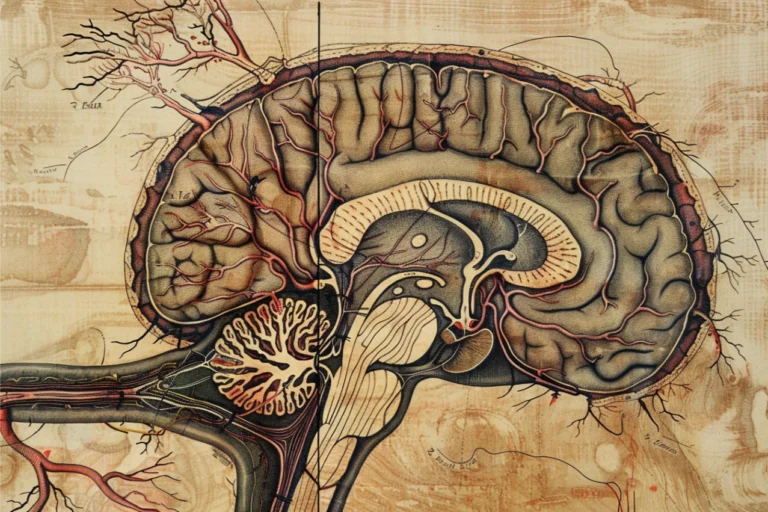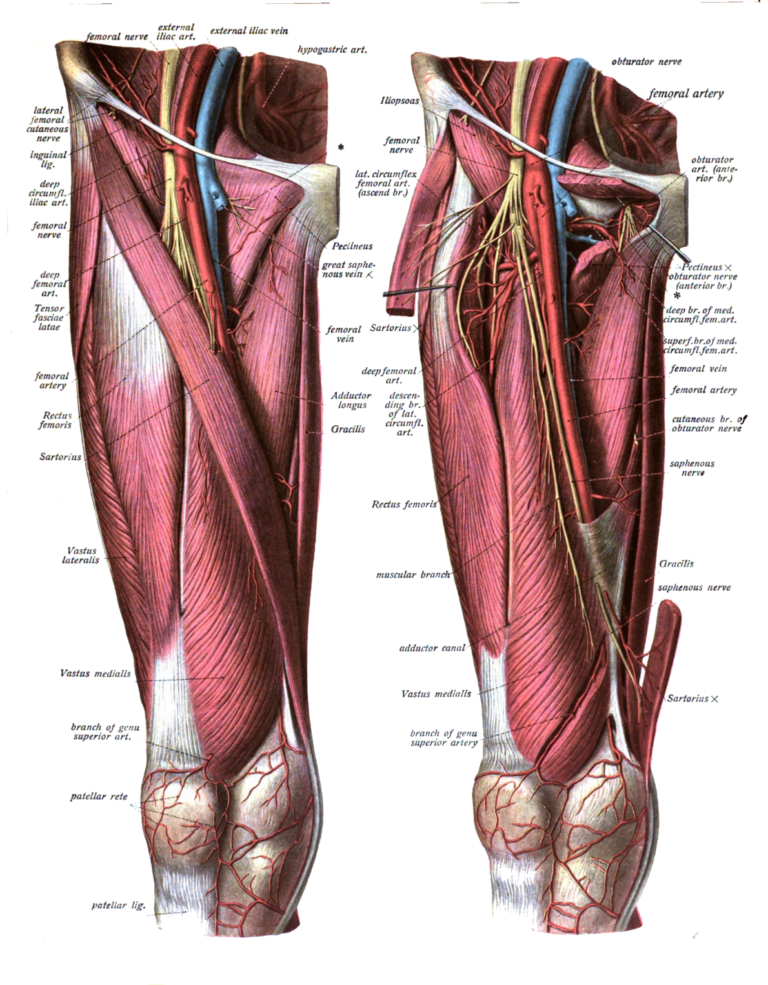The pictures we use in our articles might not show exactly what the words say. We choose these pictures to make you interested in reading more. The pictures work together with the words but don’t take their place. The words still tell you the important facts.
The ball of the foot, often overlooked and underappreciated, is a crucial part of our anatomy that deserves recognition for its significant role in maintaining balance, stability, and mobility. Nestled between the toes and the arch of the foot, this small yet mighty area holds many secrets waiting to be explored. In this article, we will uncover 8 enigmatic facts about the ball of foot, shedding light on its importance and offering insights into the complexities of human anatomy.
Understanding the Ball of Foot: A Vital Component of Movement
The ball of foot is made up of five metatarsal bones that play a pivotal role in distributing weight and propelling us forward with each step we take. Despite its modest size, this part of the foot bears a remarkable amount of body weight, particularly during activities like running or jumping, where the force exerted can be several times our own weight. Additionally, the ball of foot boasts an abundance of sensory nerves, allowing us to perceive sensations such as pressure, temperature, and texture, enriching our tactile experience.
The Impact of Footwear on the Ball of Foot
Wearing high-heeled shoes can exert excessive pressure on the ball of foot, shifting the body's weight and potentially leading to discomfort and conditions like metatarsalgia. Proper footwear with adequate cushioning and arch support is essential to alleviate pressure on this area and maintain its health. Engaging in exercises that strengthen the muscles in the ball of foot can also improve stability and prevent discomfort, ensuring its optimal functioning.
Conditions Affecting the Ball of Foot
The ball of foot is susceptible to various conditions such as Morton's neuroma, sesamoiditis, and metatarsal stress fractures, which can cause pain, inflammation, and hinder normal foot function if left untreated. Recognizing the symptoms and seeking professional advice when needed is crucial to address these issues effectively. Treatment options may include rest, icing, wearing supportive footwear, custom orthotics, physical therapy, medication, or in severe cases, surgery. However, surgery is typically a last resort and reserved for severe cases that do not respond to conservative treatments.
The Role of Massage Therapy in Foot Health
Gentle massage and stretching techniques targeted towards the ball of foot can help alleviate tightness, reduce pain, and improve blood circulation in the area. Regular self-care practices like this can promote overall foot health and enhance comfort. Maintaining foot health is essential for overall well-being, and finding the right footwear, such as slippers with arch support and cushioning, can provide relief after a long day on your feet.
Conclusion: Embracing the Complexity of the Ball of Foot
Exploring the enigmatic facts about the ball of foot has illuminated its biomechanics, common issues, and treatments, offering valuable insights into this essential part of our body. By understanding its intricate workings and taking proactive steps to care for it, we can ensure its optimal functioning and enhance our overall quality of life. Let us appreciate the remarkable complexities of our feet and strive to keep them healthy and happy.
FAQs: Addressing Common Questions About the Ball of Foot
- Q: What exactly is the ball of foot?
-
A: The ball of foot refers to the padded area located between the arch and the toes on the underside of the foot.
-
Q: Why is the ball of foot important?
-
A: The ball of foot helps distribute the body’s weight evenly, provides support during walking and running, and aids in push-off during physical activities.
-
Q: What are common issues related to the ball of foot?
-
A: Common issues include metatarsalgia (pain in the ball of foot), Morton’s neuroma (thickening of the nerve tissue), and sesamoiditis (inflammation of the sesamoid bones).
-
Q: How can I prevent ball of foot pain?
-
A: Wearing proper footwear, maintaining a healthy weight, using shoe inserts or orthotics, and avoiding excessive high-impact activities can help prevent ball of foot pain.
-
Q: When should I seek medical attention for ball of foot issues?
-
A: If you experience severe or persistent pain, swelling, difficulty walking, or suspect a fracture or infection, it is important to seek medical attention from a healthcare professional.
-
Q: What are the treatment options for ball of foot conditions?
- A: Treatment options may include rest, icing, wearing supportive footwear, custom orthotics, physical therapy, medication, or in severe cases, surgery.
Trust in our commitment to delivering reliable and engaging content as you explore and learn more about the intricacies of the ball of foot. Let us continue to appreciate the marvels of human anatomy and take proactive steps to care for our feet, ensuring their optimal health and well-being.



